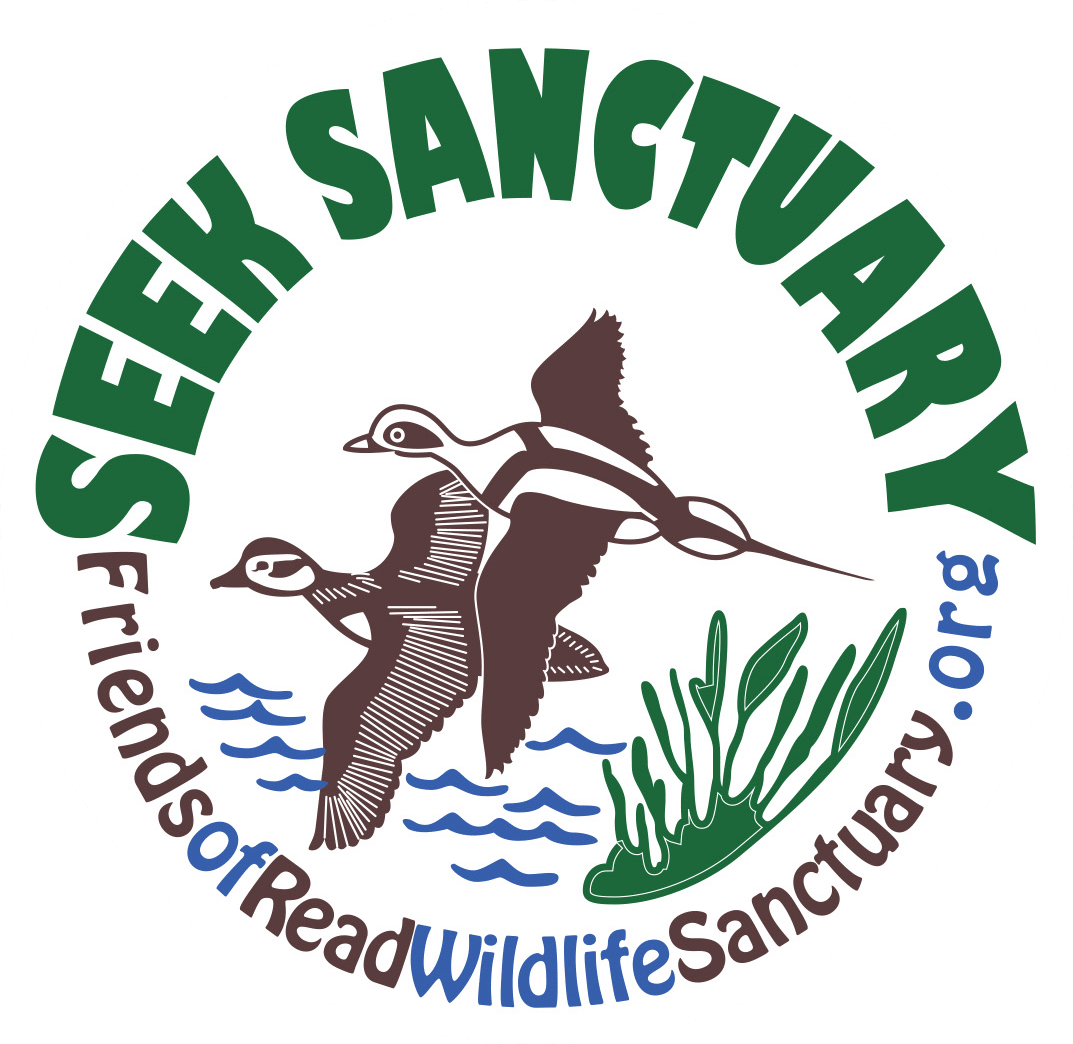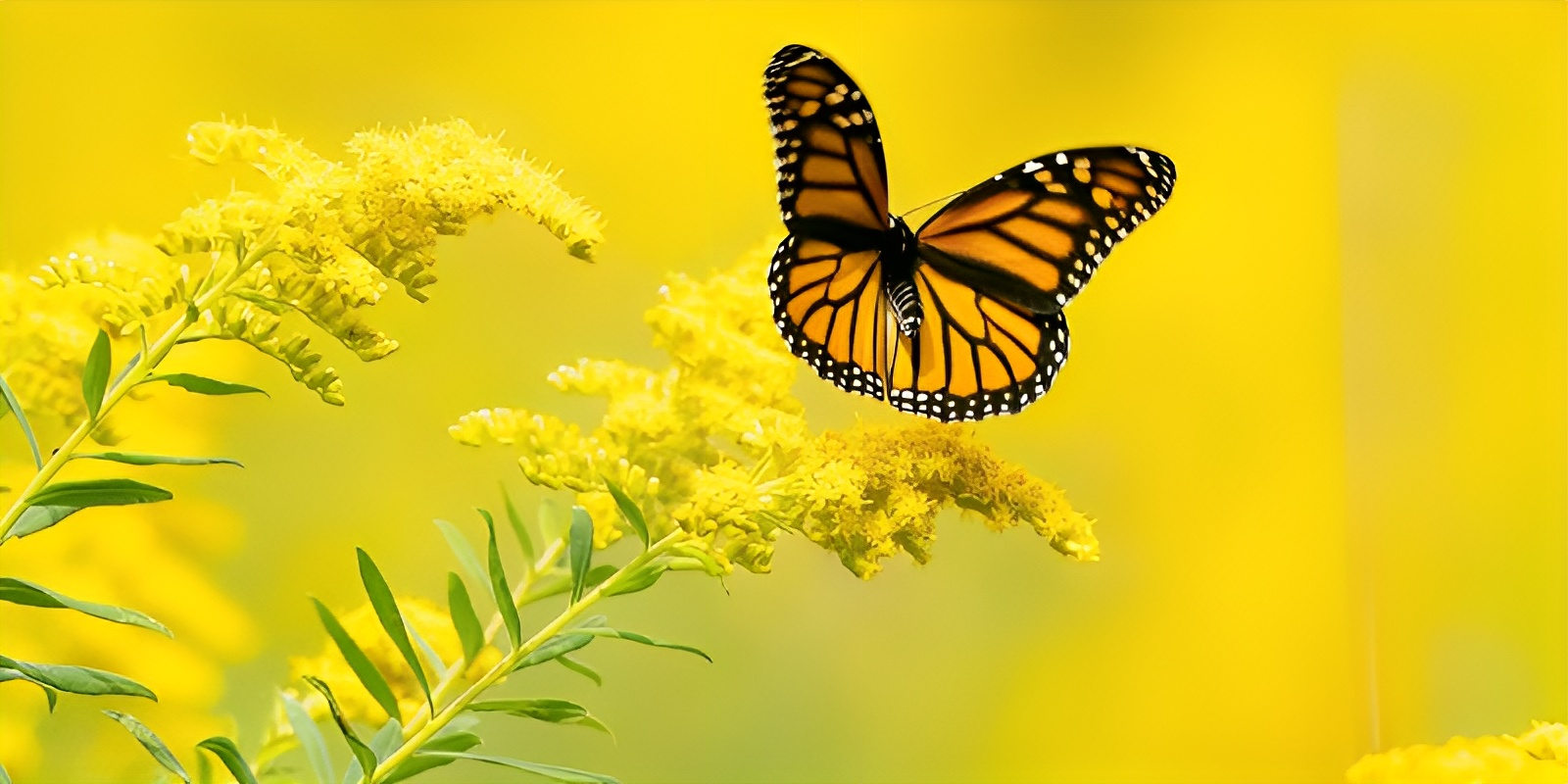What to Be Aware of in the Spring
During the spring season it is important to remind people who enjoy not only the sanctuary and other county parks, but their own backyards as well, that it is high season for the birthing and raising of baby animals.
Fawns are being born and soon you’ll see them moving about with the adults, or you might just see them curled up in one location for hours at a time. Their spots make them practically disappear in the dappled sunlight of the forest. They also have no scent for a few weeks, which makes them even more secure from predators who might find them by following their nose.
A fawn is often left alone by its mother for many hours while she is feeding nearby, but often out of sight. She has NOT abandoned the fawn, so do not be tempted to take in the fawn to care for it. It will be fine just where it is – in nature.
There are also many baby Woodchucks or Groundhogs out and about now. These “chucklings” are adorable to watch as they venture just a few yards from their burrow and explore the world.
Baby Cottontail Rabbits abound, and are so small right now that they could fit into the palm of your hand.
Coyotes and their pups are also out there spending hours playing with each other as they grow. When the pups are big enough in the fall, they will strike out on their own.
Many other birds and mammals are raising young in our parks and backyards. Please remember that these cute animals are wild, and do not make good pets. It is illegal to capture, possess, or harass wildlife. Some may carry disease organisms, others might become aggressive if harassed or handled. If you touch a fawn, you are “tagging” it with human scent, and to many predators and scavengers, human scent often means there is food there. As such, you might unwittingly be leading a Raccoon or coyote to the fawn, blowing its cover.
Keep in mind that if you see an adult coyote or pups, do not approach them. Keep your eye on them as you move away. If the coyote feels her pups are in danger from you, she might act instinctively to protect them. Coyotes are canines, and will defend their territory against other canines – aggressively if need be. If you are walking your dog in a park that permits dogs, you must be aware that this may draw the attention of an adult coyote. If you are faced with a coyote that does not run away at the sight of you, but rather looks like a threat, present yourself “loud and large” to them by shouting and waving your arms, even throwing sticks or rocks at the animal. This may seem like harassment, but by doing this, you encourage the animal to fear humans. This will be best for both coyotes and humans.
As a courtesy reminder, there are NO DOGS permitted in the Edith G. Read Wildlife Sanctuary (roadway, trails and beach included) leashed or otherwise. There are no exceptions, so please don’t do it. If you have been entering the sanctuary with your dog “for years”, please stop immediately.
When it comes to the beautiful and fascinating wildlife living here at the sanctuary, the simple rule is, “leave them be”. Appreciate these splendid creatures – but from a distance.
Thank you, and enjoy the sanctuary!
Michael Gambino,
Curator
Fall 2019

